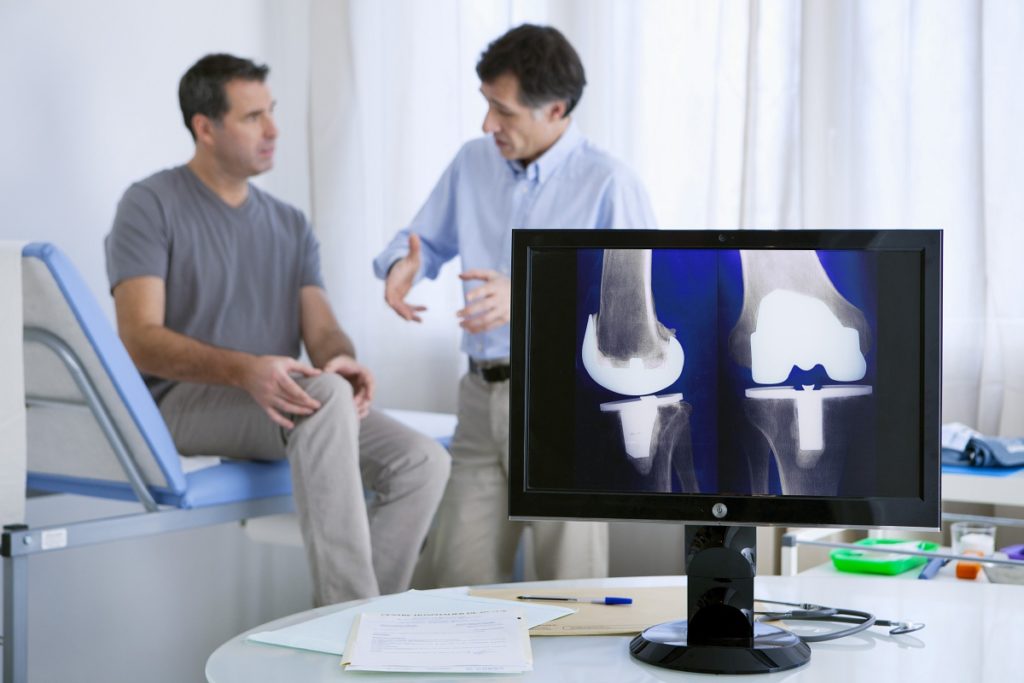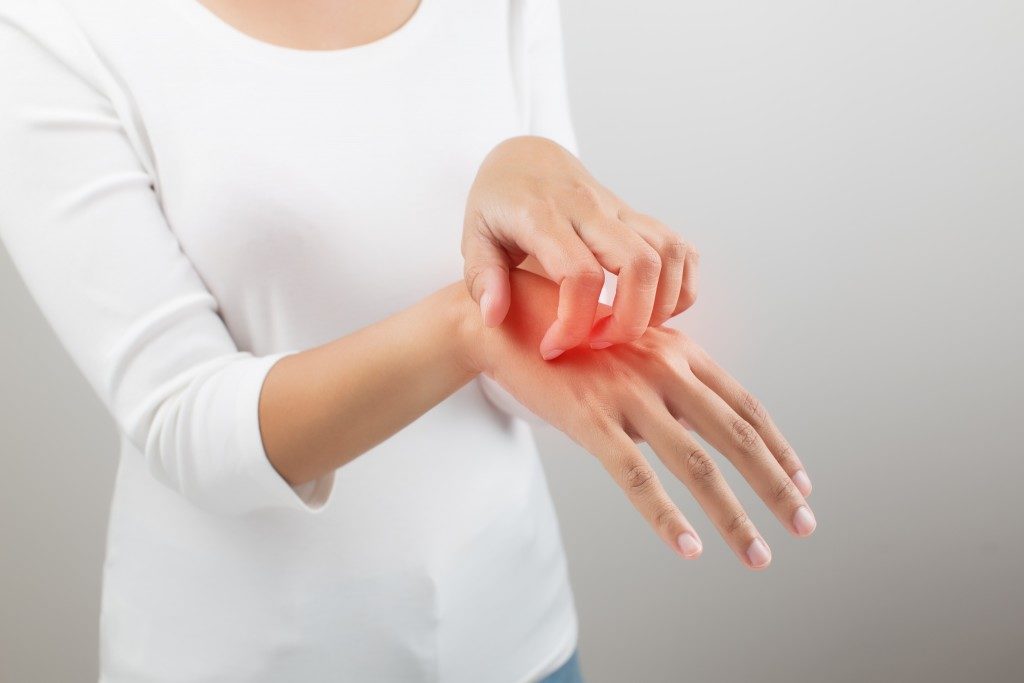Joints are the connections between your bones. They not only support your body weight but will also help you move. Joint pain and discomfort are among the leading issues most people nowadays are battling. Often caused by excessive weight, joint problems might also follow aging. Joint pain ranges from mild to debilitating and can last for a few days to months or years. Either way, any discomfort and pain in your joints will affect your quality of life to varying extents.
To this end, specialists at a joint pain care clinic based in Long Beach have dedicated resources to research to pick the best approaches for your joint issues. The goal of treatment is the preservation of your joint function and reduction of pain and inflammation. Medications, physiotherapy, and rest are some of the common approaches for the relief of joint pain. Even so, surgeries are the leading definitive treatments for most joint conditions. Here are the standard operations that might be used to relieve your joint pain.
Arthroscopy
This technique employs specialized equipment, a tiny camera, and small incisions. Arthroscopy fixes soft tissue tears around your knees, shoulders, and hips. It repairs damaged ligaments and cartilage and removes floating cartilage pieces in broken bones. The best candidates for arthroscopy are those below forty years. In some instances, arthroscopy improves the range of motion in diseased joints. This joint surgery has, however, been shown not to have much effect on meniscus tears and joints damaged by arthritis.
Joint Resurfacing
 This process will replace a part of your hip and knee joints. In knee joint resurfacing, the surgeon will ordinarily replace one knee compartment with an implant. In the hip, the damaged joint is replaced using a metal cup. The best candidates for joint resurfacing are older patients who are not as active with unilateral knee arthritis. It also works in hip replacement for men not more than fifty years with an athletic build or those who have physically demanding jobs. Joint resurfacing allows a patient to engage in high impact sports afterward but has several complications and high failure rates.
This process will replace a part of your hip and knee joints. In knee joint resurfacing, the surgeon will ordinarily replace one knee compartment with an implant. In the hip, the damaged joint is replaced using a metal cup. The best candidates for joint resurfacing are older patients who are not as active with unilateral knee arthritis. It also works in hip replacement for men not more than fifty years with an athletic build or those who have physically demanding jobs. Joint resurfacing allows a patient to engage in high impact sports afterward but has several complications and high failure rates.
Osteotomy
This method involves cutting and removing damaged bone or the addition of a wedge near damaged joints. A knee osteotomy, for instance, shifts your body weight from the injured knee section. The best patients for osteotomy are those less than thirty years old. The procedure can halt joint damage and postpone the need for joint replacement by ten to fifteen years. Osteotomy is nonetheless a highly complex procedure only performed by specific surgeons.
Synovectomy
In those with inflammatory arthritis, the joints’ lining known as synovium can be inflamed and damage its surrounding joints. Synovectomy is the best choice for people who have been on anti-inflammatory medications for joint issues with little relief. The procedure will relieve your pain and reduce the need for anti-inflammatory drugs.
With one of the mentioned approaches, you are almost sure of a pain-free life, even with different types of joint conditions. You might nonetheless need some therapy after the procedure. In this, exercises are tailored to retain and improve the joint’s range of motion.



